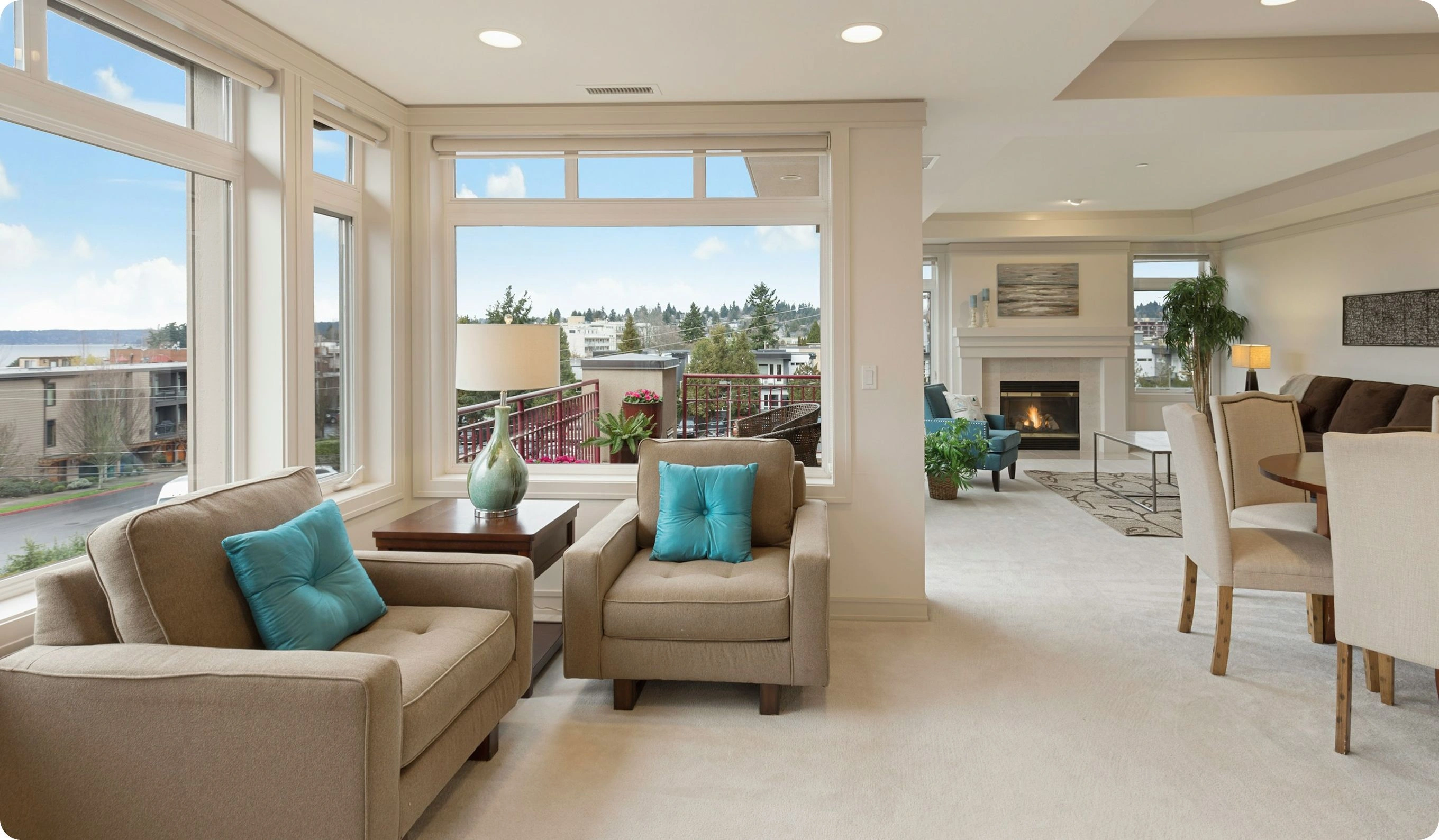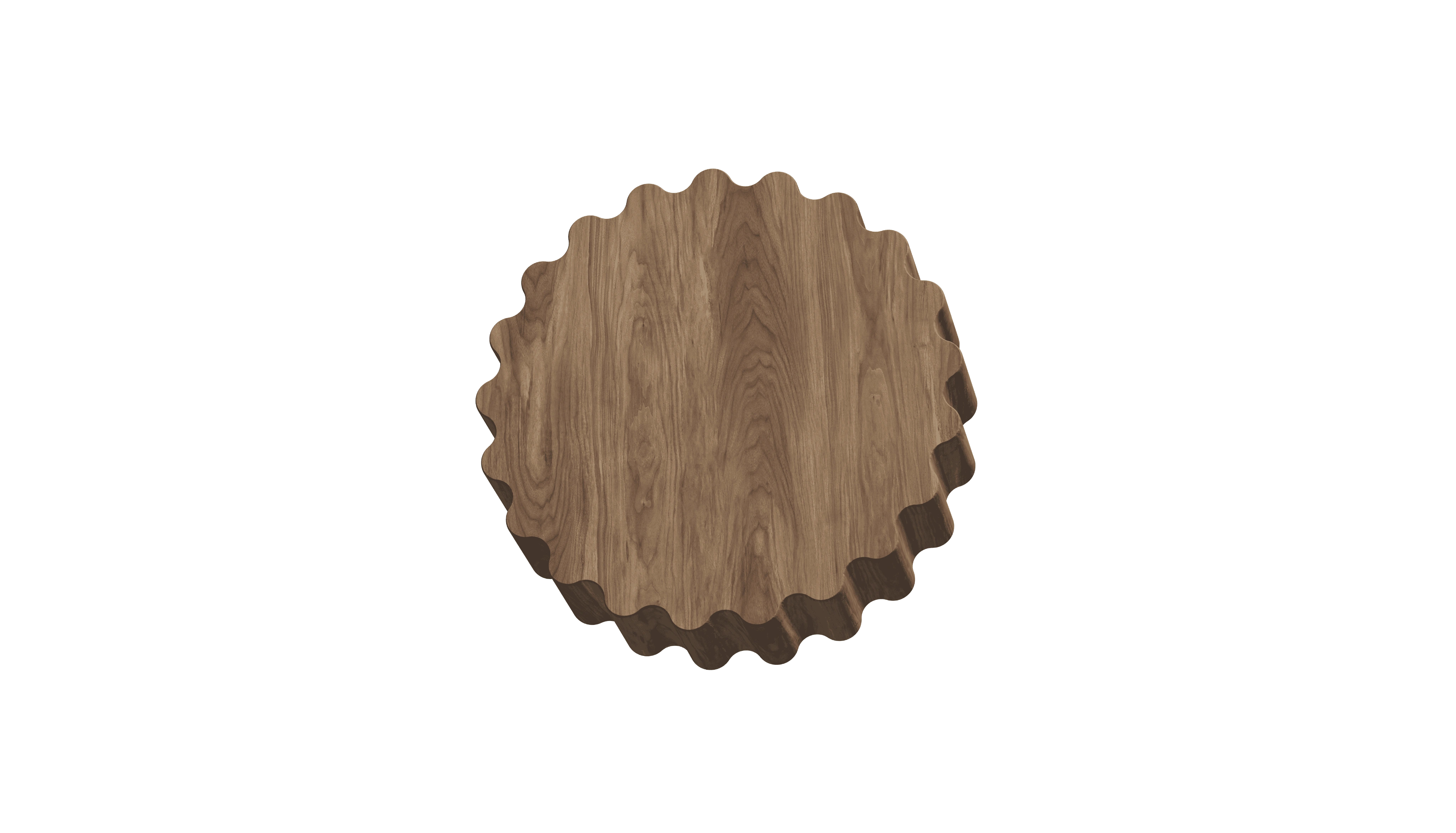Secondary Market Homes in AntsirabeReal estate framed by thermalbaths and hills

Best offers
in Antsirabe
Benefits of investment in
Madagascar real estate
Exotic destination with unique appeal
Coastal and eco-tourism areas attract attention from lifestyle buyers and long-stay travelers.
Opportunities in boutique hospitality
Development potential exists for eco-lodges, guesthouses, and resort-style homes.
Natural beauty with long-term potential
Unspoiled landscapes add intrinsic value to well-located properties.
Exotic destination with unique appeal
Coastal and eco-tourism areas attract attention from lifestyle buyers and long-stay travelers.
Opportunities in boutique hospitality
Development potential exists for eco-lodges, guesthouses, and resort-style homes.
Natural beauty with long-term potential
Unspoiled landscapes add intrinsic value to well-located properties.

Useful articles
and recommendations from experts
Why Secondary Real Estate in Antsirabe Appeals to Global Investors
Antsirabe, Madagascar’s “city of hot springs,” lies in the highland plateaus some 170 kilometers south of Antananarivo. Known for its temperate climate, colonial-era architecture, and thriving artisanal community, Antsirabe has quietly developed a promising secondary real estate market. Resale properties—ranging from turn-of-the-century villas near Avenue de Préchac to mid-century bungalows along Boulevard de la Liberté and modern apartment blocks in the Isotry suburb—often trade at 20–35% below Antananarivo equivalents. For English-speaking investors seeking immediate rental income, cultural immersion, and secure title transfers under Madagascar’s Torrens-style registry, secondary real estate in Antsirabe offers a blend of affordability, tenant diversity, and long-term value.
Historic Quarters and Guesthouse Potential
Centre Ville & Avenue de Préchac: The heart of Antsirabe is dotted with colonial mansions and elegant townhouses built between 1900 and 1930. These resale homes—characterized by high ceilings, sash windows, and expansive verandas—yield 6–8% gross when leased as furnished guesthouses to tourists drawn by the thermal baths and rickshaw (pousse-pousse) tours. Investors often negotiate renovation credits for façade repainting, roof repairs, and plumbing upgrades—allowing them to preserve original terrazzo flooring and period woodwork while commanding nightly-rate premiums of 25–30% during peak season (June to August).
Lake Andraikiba Shoreline: A string of secondary villas and low-rise apartments line the shores of the volcanic lake just west of town. Turnkey homes here trade 20% below Antananarivo waterfront equivalents yet deliver stable 5–6% yields to eco-tourism operators, NGO field staff, and visiting researchers at the nearby tropical agriculture institute. Simple enhancements—installing solar-powered water heaters, landscaping tropical gardens, or adding dock access for small boats—can boost rent by up to 15% and maintain occupancy above 90% year-round.
Suburban Growth Corridors and Long-Term Leases
Isotry & Faravohitra: These emerging suburbs host mid-century apartment blocks and contemporary gated communities constructed since 2010. Secondary flats in Isotry—often featuring communal gardens, covered parking, and backup generators—yield 4–5% gross on annual leases to expatriate teachers, medical volunteers at the regional hospital, and Malagasy government employees. Value-add investors negotiating bulk renovation allowances—installing split-air conditioning, upgrading kitchen cabinetry, or adding in-unit washers—can justify rent increases of 10–15%, while proximity to major bus routes ensures swift tenant turnover.
Ambatomena & Antsakoamanoro: South of the city center, single-family homes on quarter-acre plots appeal to diplomatic families, long-stay consultants, and retirement-minded couples seeking garden space and quiet streets. These resale villas yield 3.5–4.5% gross, with occupancy bolstered by nearby international-school campuses and botanical research centers. Investors who secure renovation credits for roof-tile replacement, installing high-efficiency glazing, or upgrading security fencing often command monthly rents 12–18% above market averages.
Purchasing secondary real estate in Antsirabe follows Madagascar’s Torrens-style land registry procedures. Buyers—or their power-of-attorney representatives—present valid passports and notarized sale agreements to the Bureau des Domaines, where title searches confirm clear encumbrance status. Closing costs—including notary fees (1%), registration duties (1–2%), and agent commissions (1–2%)—amount to approximately 4–5% of the transaction price. There are no restrictions on foreign ownership of residential property, and annual property taxes are modest, typically under 0.5% of assessed value. Mortgages are rare for non-residents, so overseas investors commonly arrange bridge financing through private lenders or Paris-based funds before refinancing through domestic banks like BNI Madagascar once residency documents are secured.
Antsirabe’s improving infrastructure further supports its secondary market. The recent upgrade of the RN7 highway linking Antananarivo and Fianarantsoa has reduced travel times by up to 30%, generating resale-premium uplifts of 5–7% for properties within 2 km of key interchanges. Local bus-rapid-transit feasibility studies are underway for the main commercial corridors, with anticipated station-adjacent premiums of 6–8%. The city’s expanding water-treatment plant and stabilized power supply also underpin tenant confidence, particularly for short-stay guesthouses and co-living residences targeting digital-nomads exploring Madagascar’s national parks.
Tenant demand in Antsirabe remains diversified: long-term leases to academic staff at the University of Antsirabe and visiting professors at the Institute of Tropical Agriculture; corporate leases to employees of agro-processing firms; and short-stay bookings from medical-tourism patients at the Saint Vincent de Paul Hospital. Local property managers coordinate marketing, maintenance, and transparent monthly financial reporting—enabling remote owners to maintain largely passive rental portfolios. Emerging micro-niches include converting underused flats near the tricycle depot into budget co-living studios—achieving blended yields of 8–10%—and targeting hillside villas overlooking Lake Tritriva for wellness-retreat offerings, pairing lodging with guided hikes. By aligning acquisitions with Antsirabe’s festival calendar (Fisa or Ngadinay event weeks), infrastructure rollouts, and eco-tourism cycles, global investors can secure both immersive living experiences and sustainable returns in Madagascar’s “city of waters.”
